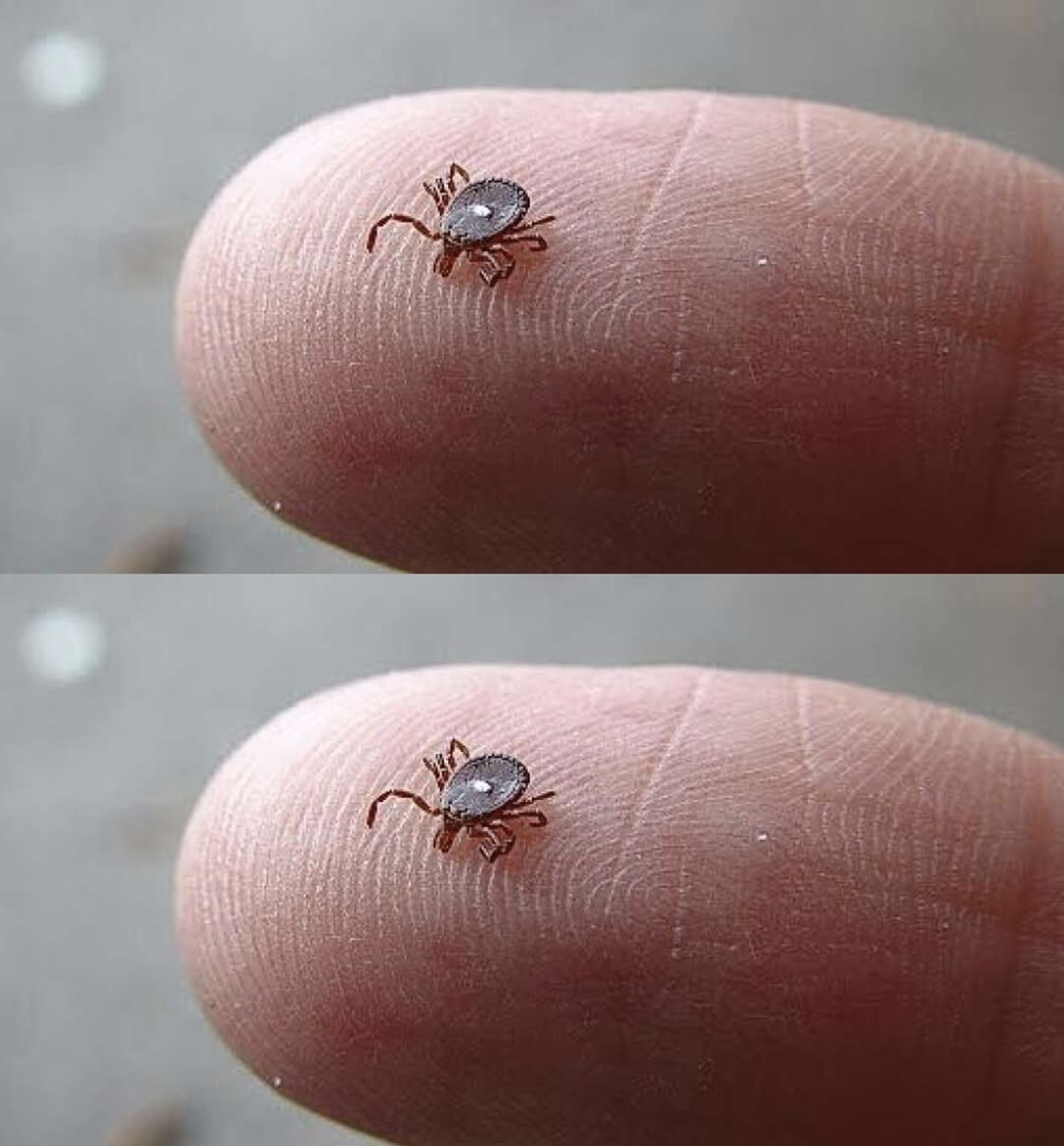Here’s What to Do If You Spot a Lone Star Tick
I’ll never forget the moment I discovered a lone star tick latched onto my ankle while mowing the lawn. At first I thought it was just a mosquito bite – until I saw that unmistakable white spot on its back. As someone who normally brushes off insect bites, this discovery sent me into full panic mode.
These aggressive ticks actively hunt humans (unlike other species that wait passively). Their distinctive white dot makes them recognizable, but there’s nothing cute about these disease-carrying pests. Finding one crawling on me triggered instant itching just from the memory.
When you spot a tick, stay calm (I failed at this completely). Use fine-tipped tweezers to gently pull it straight out without twisting. Clean the area thoroughly and – this is crucial – save the tick in a container or tape for potential testing.
After removal, monitor the bite area for 2-3 weeks. Watch for expanding rashes, fever, or muscle aches – potential signs of tick-borne illnesses. I marked my calendar and checked the spot obsessively (while trying not to spiral into panic).
Prevention is key. When outdoors, wear protective clothing, use DEET repellent, and always do full-body checks afterward. We’re now treating our yard with pesticides after my traumatic experience.
Ticks are more than just gross – they’re dangerous. The lone star species can transmit several diseases, making prompt removal and monitoring essential. My first encounter taught me to respect these tiny terrors.
While terrifying, finding a tick doesn’t mean disaster. With proper removal, observation, and prevention, you can protect yourself. But I’ll never judge anyone for freaking out – I certainly did when that little monster chose my ankle for its lunch.






